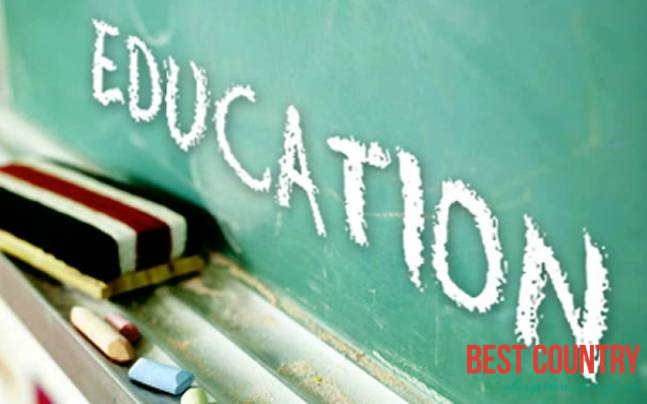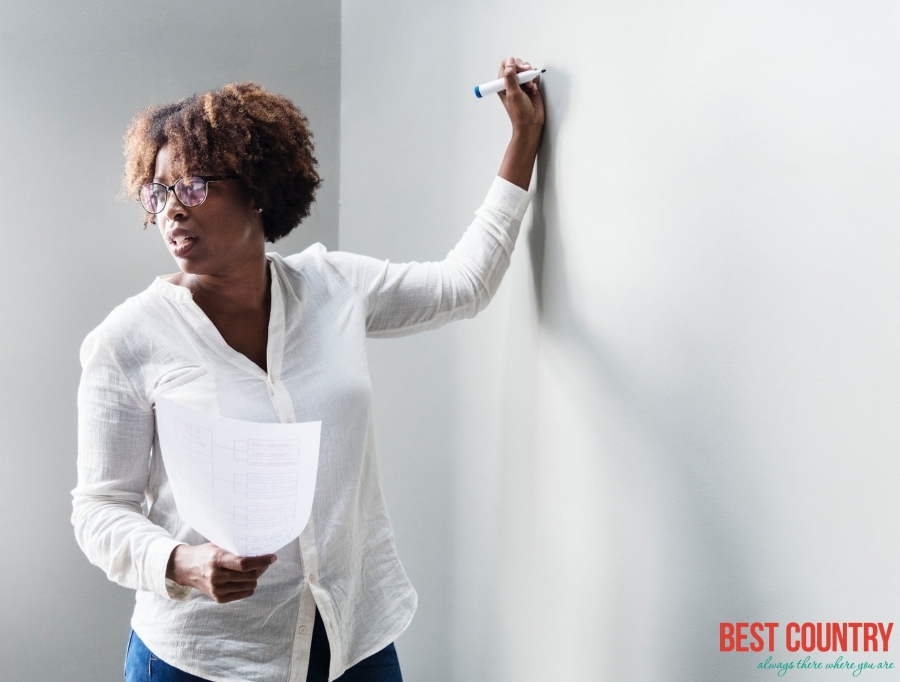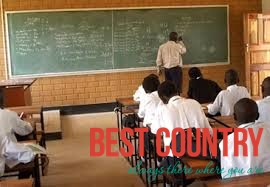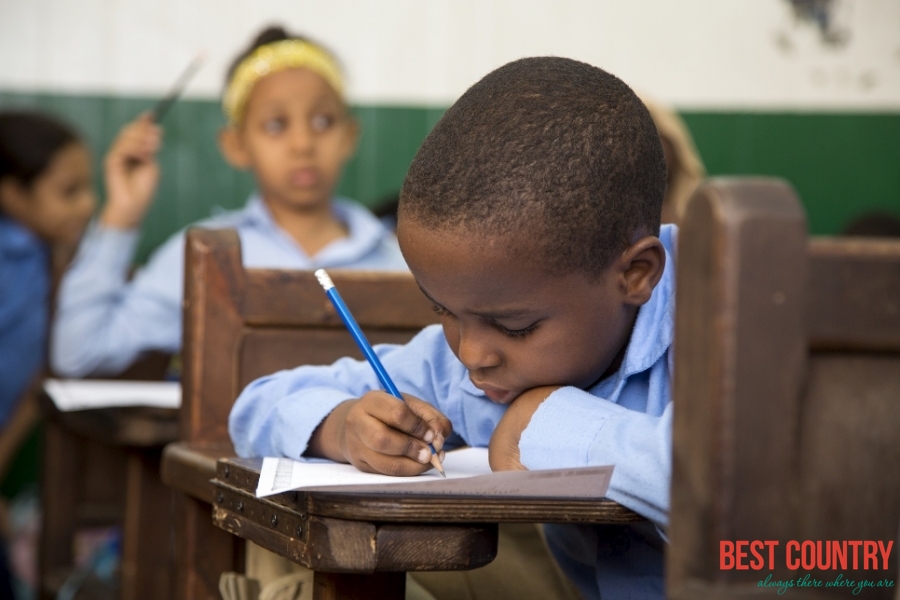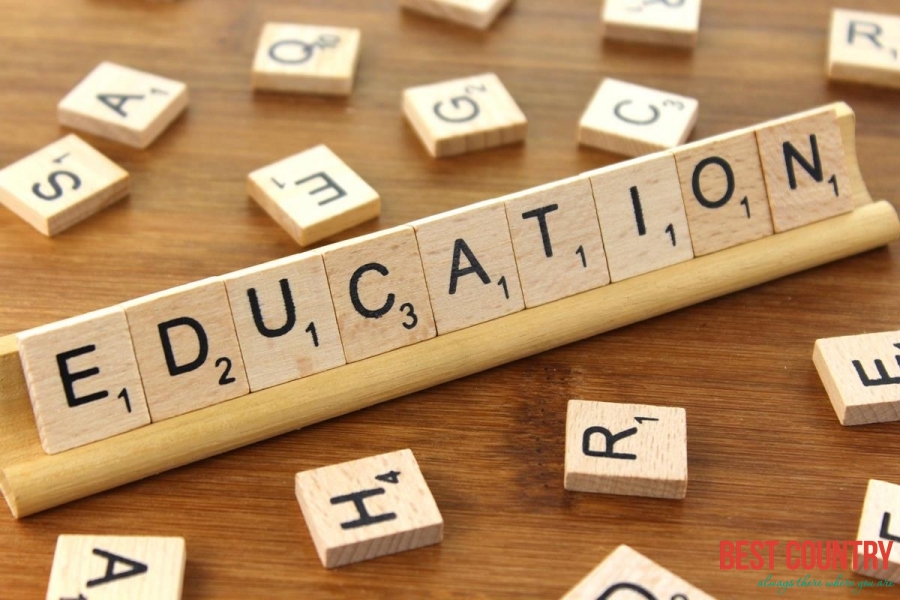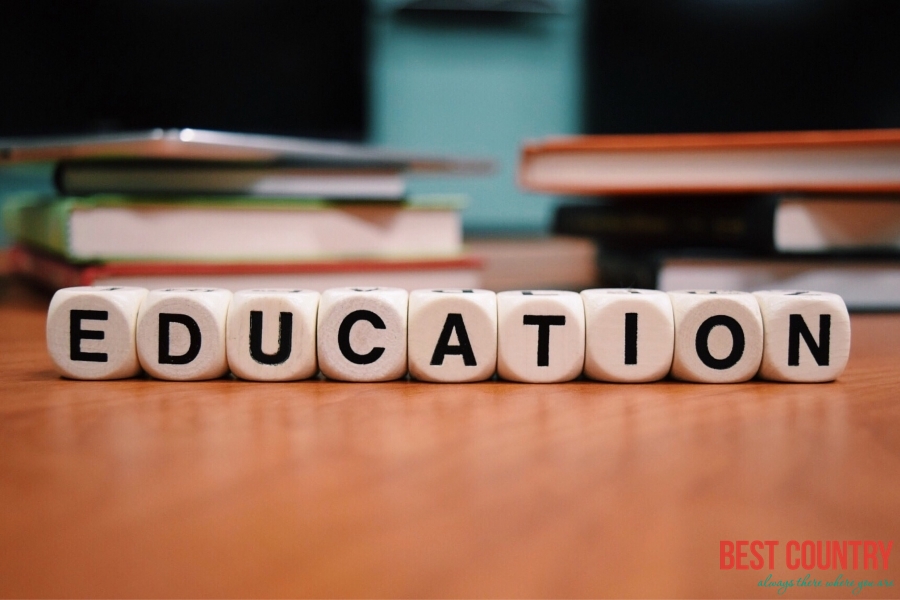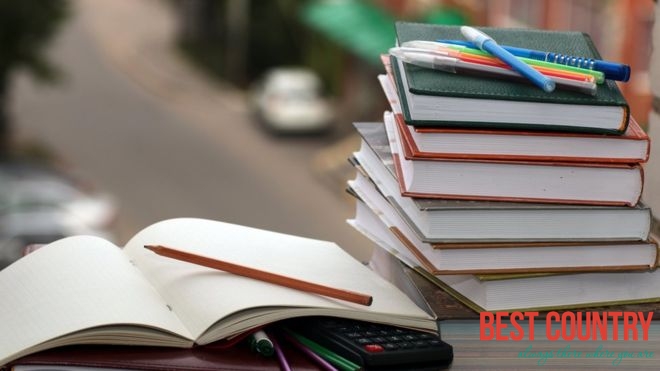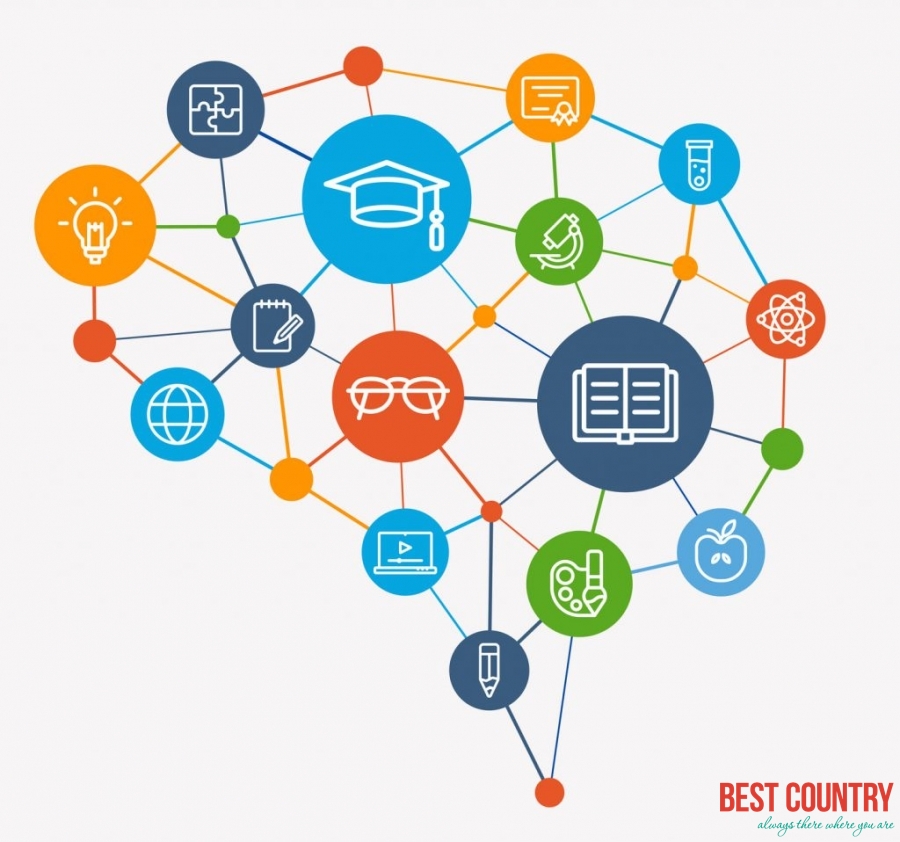Education in the different countries
Education in Kenya
Education in Kenya is designed to provide eight years of primary education, four years of secondary education and four years of University.
Education in Cameroon
Education is free in state schools and compulsory between ages 6 and 12. Government funds are available to mission and private schools. Most secondary schools have been made bilingual, with instruction in both French and English. Working alongside the public schools are the missionary schools, which have been extremely important in the history of Cameroonian education. As of 1999, public expenditure on education was estimated at 2.6% of GDP.
Education in Cape Verde
Primary school education in Cape Verde is mandatory between the ages of 6 and 14 years and free for children ages 6 to 12.
Education in Zimbabwe
Education in the government-run schools of Zimbabwe was made free in 1980 and inequities remaining from the colonial system were lessened. Education was declared a basic human right in Zimbabwe and a non-racial system pursued.
Education In Zambia
Broadly, Zambian education can be split into two; Public education and Private education. Under private education, we can also add religious education. But, a larger percentage of the education system in Zambia is made up of public institutions.In public schools (and some private schools), the normal dress code is the school uniform.
Education System in Samoa
The literacy rate is estimated to be 97% in Samoa, where education is provided by the state in tandem with 5 religious missions, all following a common syllabus. The first 4 years of primary education take place at village schools, following which brighter pupils move on to district schools instead, where the medium of education is English. The only exception to this rule is found in Apia, where urban schools manage the entire process.
Education in Papua New Guinea
Education in Papua New Guinea is not compulsory, and in the mid-1980s only one-third of the population was literate. The present government aims at upgrading and improving the system and quality of education.
Education in the Cook Islands
The Cook Islands, located in the South Pacific, maintains public education that is free and compulsory for all children between 5 and 15 years of age. Although governed by the Ministry of Education, the administration of the system is divided among three regions: Rarotonga Island, the Southern group, and the Northern Group. The use of Maori is encouraged in all the schools, although English is also widely used.
Education System in New Caledonia
The education system in New Caledonia still mirrors that of the French colonial power, and is compulsory and free from age 6 to 16. Primary schooling lasts for 5 years, during which time pupils will have obtained a firm foundation for their further education.
Educational System in New Zealand
The educational system in New Zealand is extremely varied and is one of the best in the world. According to scores, it has the highest levels of literacy, mathematics, and sciences in the country. The public educational system is one of the best funded in the world; New Zealand offers the highest percentage of public funding in education in the world. Several indices rate New Zealand as the number one country in the world for education.
Education in Nauru
Education in Nauru is compulsory for children between the ages of 5 and 16. There are eleven schools in Nauru, including three primary schools and two secondary schools (Nauru Secondary School and Nauru College). There is an Able/Disable Centre for children with special needs.Education at these schools is free.
Education in Federated States of Micronesia
Micronesia education was initially more or less imparted informally. The coming of the European colonizers heralded the beginning of a formal westernized system of education. Education in Micronesia is now no longer imparted in the native language and the medium of instruction is now English. popularity of the indigenous languages gradually started waning.
Education of the Marshall Islands
In traditional Marshallese society, the youth learned essential skills, concepts, and attitudes through direct involvement with family and community. Persons with special knowledge or skills trained selected apprentices to preserve the skills and cultural knowledge. In 1857, the Boston Missionary Society arrived to establish church schools on 22 atolls. The missionary schools continued to exist through German and Japanese occupations of the islands until shortly before World War II.
Education of Saint Kitts and Nevis
There are seven publicly administered high/secondary level schools in St Kitts-Nevis, and several private secondary schools.
